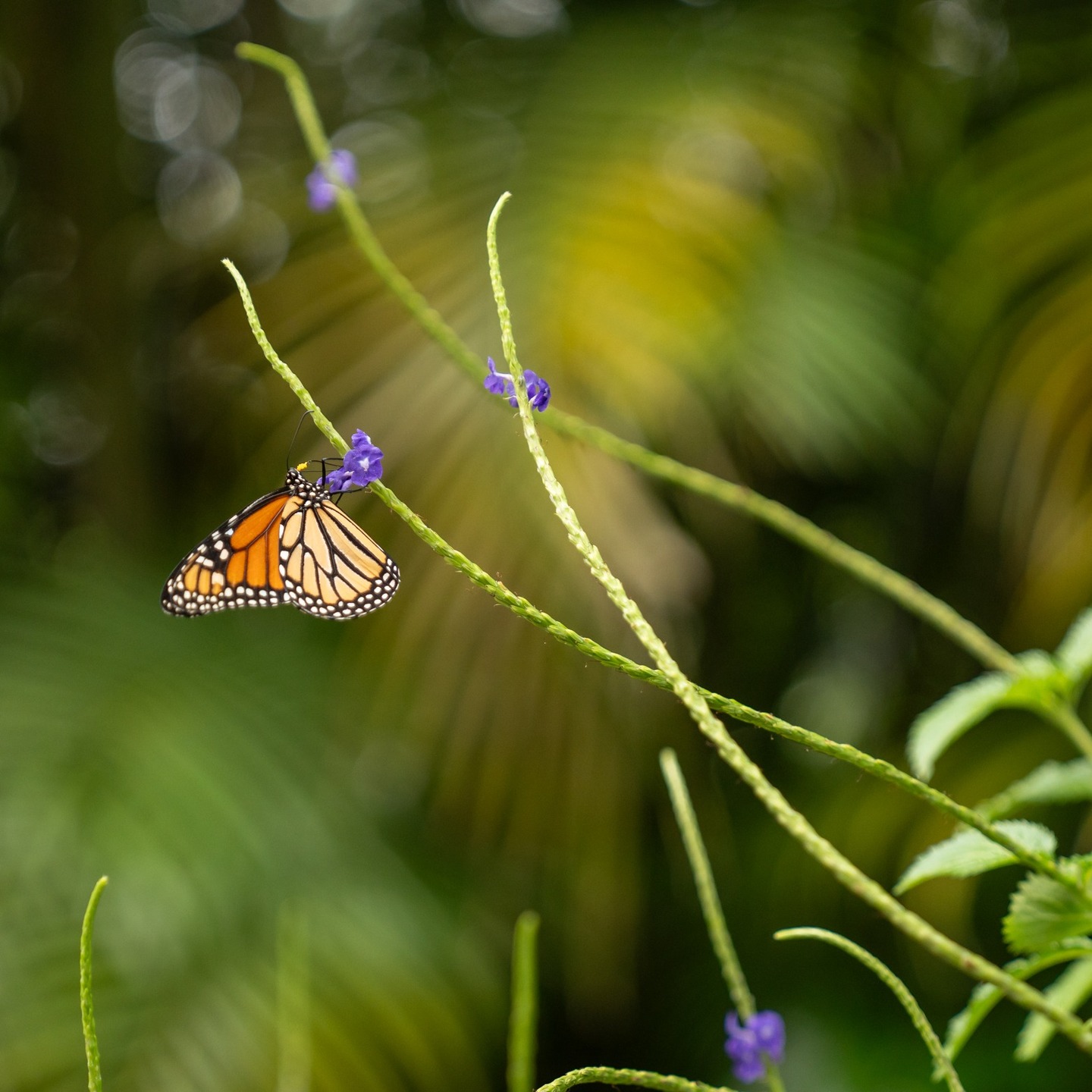- Importance of butterfly sightings and their role in ecosystems
- Detailed description of monarch butterflies and their habits
- Significance of planting pollinator-friendly plants
- Role of zoo management in wildlife conservation
- Contributions of horticultural teams to biodiversity
Butterfly sightings hold critical importance in understanding and preserving biodiversity within ecosystems. These delicate creatures, despite their fragile appearance, are essential indicators of the environment’s health. Their presence can provide significant insights into the overall condition of an ecosystem, especially concerning the prevalence and health of plant species essential for their survival. Observing butterflies, typically involving the identification and counting of butterfly species in a particular area, can yield crucial data related to climate change, habitat loss, and the effects of pollution.
Monarch butterflies are one of the most iconic species, known not only for their spectacular migration patterns but also for their striking appearance. With their vibrant orange wings bordered with black lines and white spots, monarchs are easily recognizable. Their lifecycle involves four stages: egg, larva, pupa, and adult. This complete metamorphosis is integral to their survival and proliferation. Monarchs are renowned for their long-distance migrations, traveling thousands of miles from North America to Central Mexico. This journey is not just a feat of endurance but a critical part of the ecological balance, as it also facilitates pollination over vast distances.
The presence of monarchs around fountains and other landscaped areas is a testament to the careful planning and hard work of horticultural teams dedicated to creating supportive environments for these pollinators. Porterweed plants, among other species, serve as vital food sources for monarch butterflies. Nectar-rich plants provide the necessary sustenance required to support their high-energy needs. By incorporating these plants into the landscape, the zoo encourages more frequent sightings of butterflies, promoting awareness about the importance of pollinators and their habitats.
Zoos play a pivotal role in wildlife conservation, not only by safeguarding endangered species but also by influencing public perception and promoting education on biodiversity. Modern zoos are not mere attractions; they represent centers of conservation science where efforts to protect and rehabilitate butterfly populations are prioritized. Educative programs highlight the critical role of butterflies in ecosystems and enlist public support in conservation efforts.
Horticultural teams within zoos contribute significantly to biodiversity by maintaining and creating pollinator-friendly environments. Their choice of plant species directly affects the success and health of butterfly populations. By prioritizing native plants that are familiar to local pollinator species, these teams support the genetic diversity and ecological stability of the areas they manage. Their work underlines the symbiotic relationship between plant life and butterflies, each dependent on the other for survival.
Incorporating plant species that cater to the feeding habits of butterflies and other pollinators is a sustainable strategy that benefits all parts of the ecosystem. It enriches the visual and sensory appeal of the zoo while creating a living classroom where visitors can learn about the interconnectedness of life and the importance of conservation efforts. The sighting of monarch butterflies in zoo settings is not just an aesthetic or recreational experience. It encapsulates a moment where science, education, and community converge for a shared purpose of preserving and cherishing natural diversity.
*****
Source Description
VIB (very important butterfly) sighting!
When entering the fountain area, keep an eye out for fluttering monarchs gorging on the porterweed plants that line the pathway. Shoutout to our horticulture team for their dedication to planting more pollinator-friendly plants!


